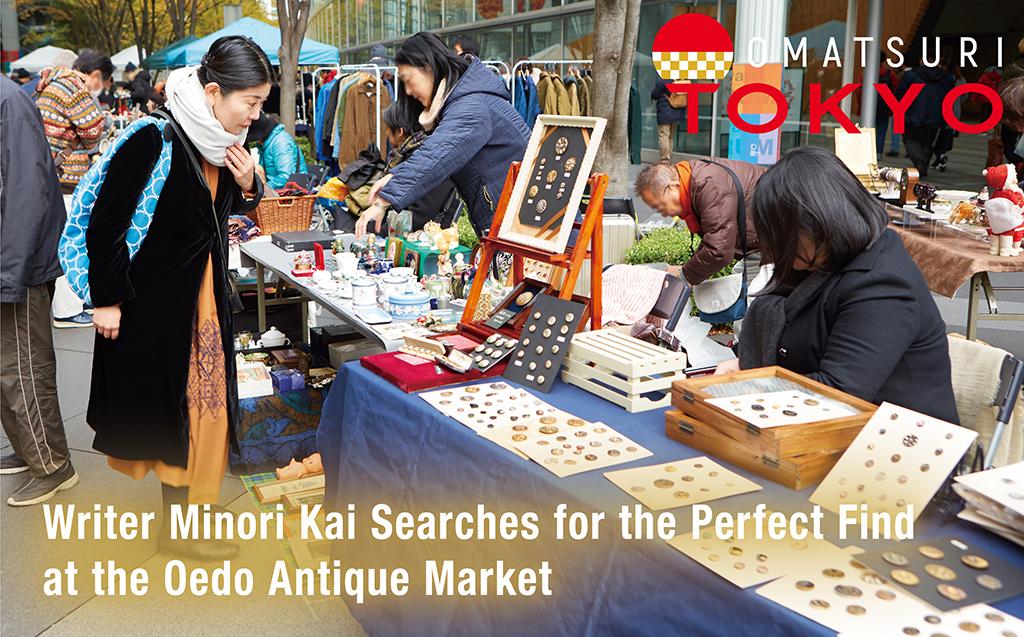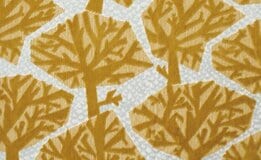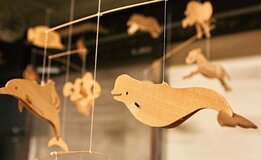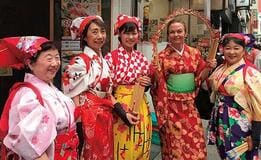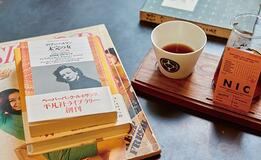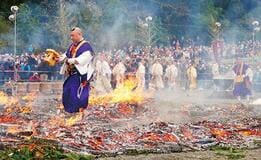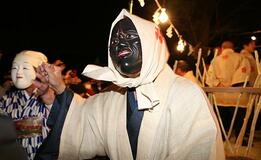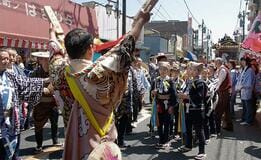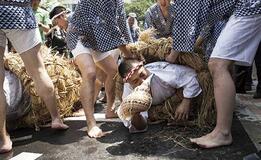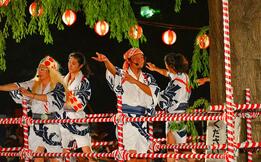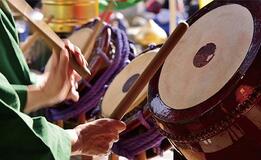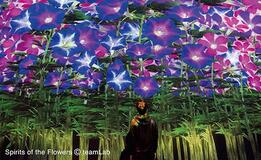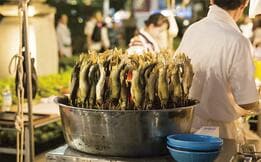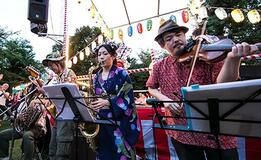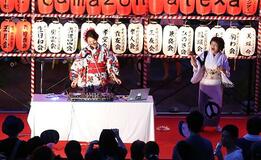【Vol.22】Writer Minori Kai Searches for the Perfect Find at the Oedo Antique Market
One of the deciding factors when I plan my trips, whether they be within Japan or overseas, is whether or not a market will be held while I am there. My first overseas trip was to France, when I was in my 20s. I chose France because, since I was a student, I had been enthralled by cute knick-knacks and had a longing to go to Paris and visit its flea markets. There were no smartphones or translation apps back then, so I struggled with words and numbers as I talked to the market dealers. The candy tin and embroidered ribbon I bought then continue to be prized possessions.
My return to this passion for markets was sparked by a casual conversation with a travel-loving friend, who had come from Hokkaido to Tokyo for sightseeing. As we ate dinner together, I asked where she had visited during the day. She replied that she had spent most of the day at the Oedo Antique Market held in the Tokyo International Forum. Tokyo is a gathering place for all kinds of things, both from Japan and abroad, but at the Oedo Antique Market you can travel back in time to see and feel articles once used in everyday life, as well as works of art. Leaving your everyday life to go far away isn’t the only way to travel, she said. Encountering antiques from decades or centuries ago is another form of travel.
They say you have to go abroad to hear of home. I had always focused on far-away destinations, yet my own city was home to an amazing antique market. That discovery was a tremendous addition to my life in Tokyo.
One Sunday I set out for the Oedo Antique Market, in Yurakucho's Tokyo International Forum, with the same excitement as when I set out to explore new cities.
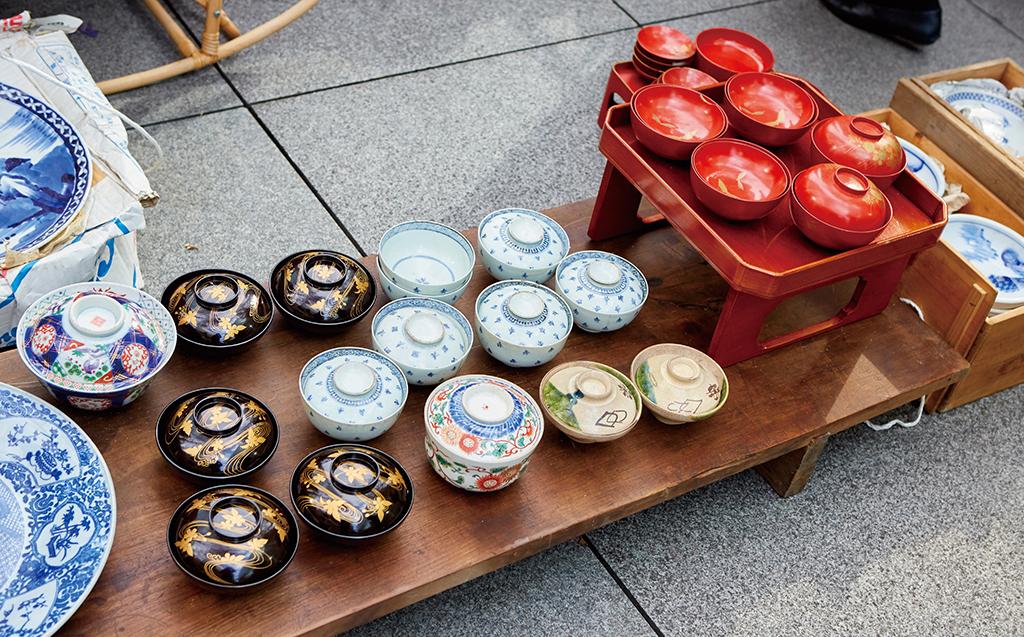

The Oedo Antique Market, Japan's largest open-air antique market, is held in Yurakucho's Tokyo International Forum and Harajuku's Yoyogi Park Keyaki-Namiki, from 9:00 a.m. (Tokyo International Forum) or 8:00 a.m. (Yoyogi Park) to 4:00 p.m. The market is held on the first and third Sunday of each month at the Tokyo International Forum and irregularly at Yoyogi Park. You can find the schedule posted on the market's official website. The market hosts roughly 250 dealers at the Tokyo International Forum, and about 180 at Yoyogi Park. As someone prone to worrying, the fact that they are all antique dealers that scrupulously observe the law sets my mind at ease.
When I first visited the market in Yurakucho, I arrived a little before it opened at 9:00 a.m. Exiting the subway station, I saw that the dealers had already set up their shops, and customers were walking to and fro enjoying the rich selection of antiques. Wares were displayed on a wide variety of tents, tables, shelves, and other fixtures, with some shops packed to the very brim. Other shops offered smaller selections, artfully spreading out goods over ground cloths to create refined spaces. The dealers' displays were unique and interesting in themselves. I saw clothing, furniture, fixtures, block prints, toys, accessories, and countless other articles from Japan, the U.S., Europe, Africa and other places around the world, selected by dealers based on their discriminating tastes. These carefully handled antiques possessed a dignified beauty. A mood of generosity prevailed, as sellers and buyers came together with mutual respect. The atmosphere was so free and comfortable that I completely lost track of time as I gazed at the antiques.
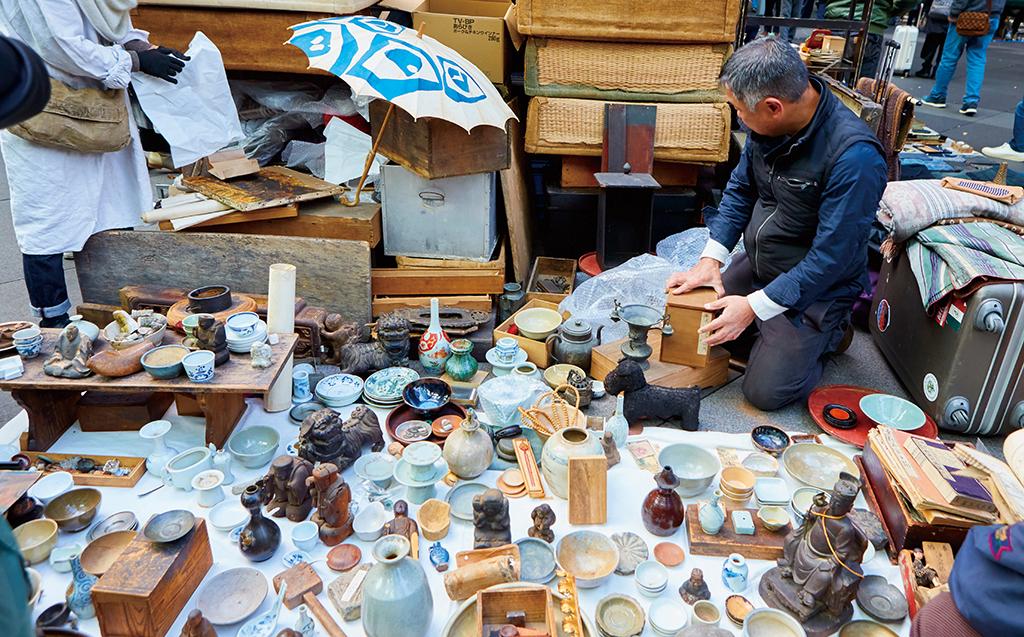
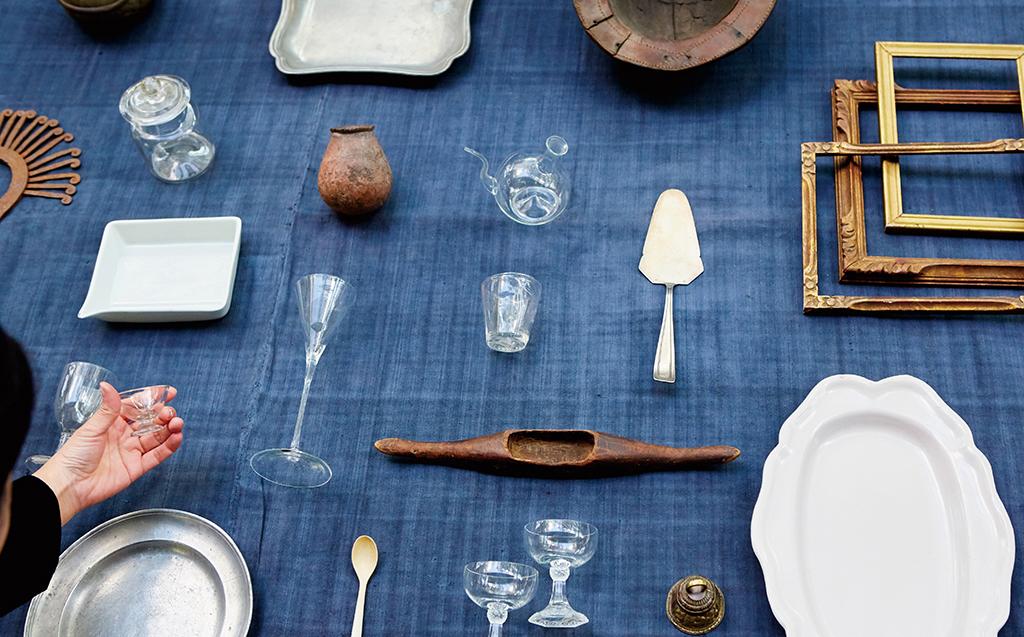
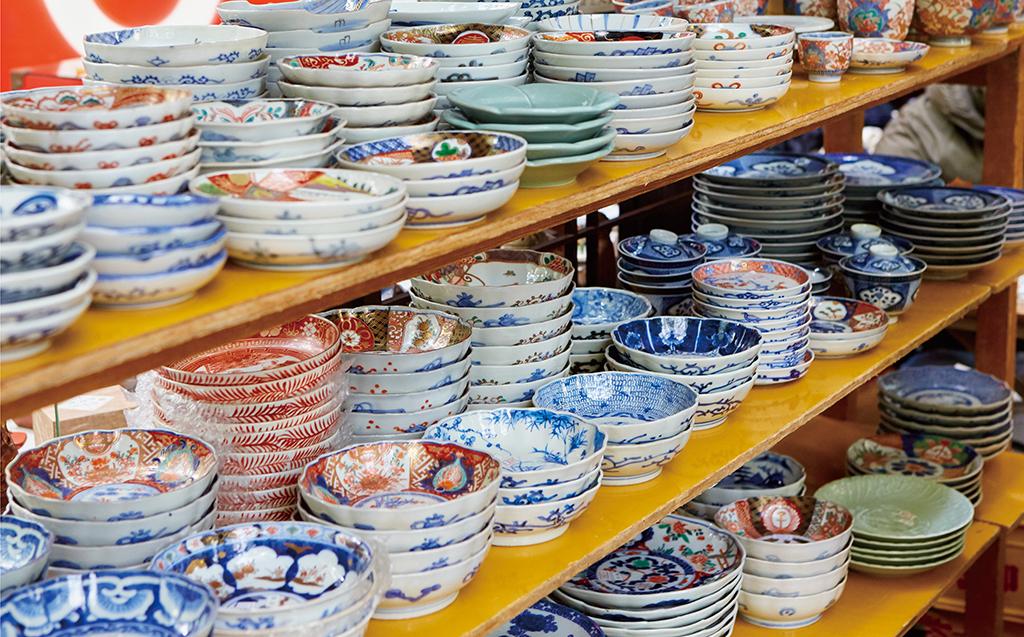
My first round of the market was a quick one, as I looked at everything and noted the articles I was interested in. On my second round, I took my time, closely checking various stores. I have a particular weakness for vessels, baskets, folk toys, and articles with cat motifs. The first shop I stopped in front of was one selling knick-knacks and sundries that all featured cats. I beamed as I surveyed the sea of cats on everything from pots, aprons, and large decorative objects to small accessories. Chatting pleasantly with the dealer, I learned that the pot was made by a famous British manufacturer and that the apron was a vintage American apron. Many of the dealers possess no brick-and-mortar stores, instead traveling from antique market to antique market. The owner of the cat-themed store told me she had an online store, so I looked forward to browsing more products after I returned home.
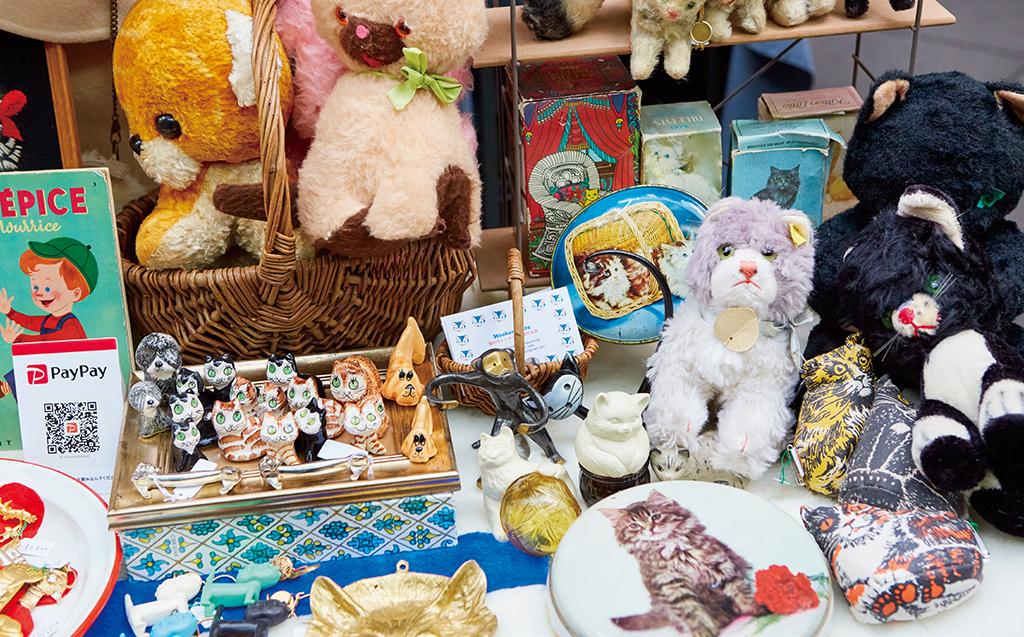
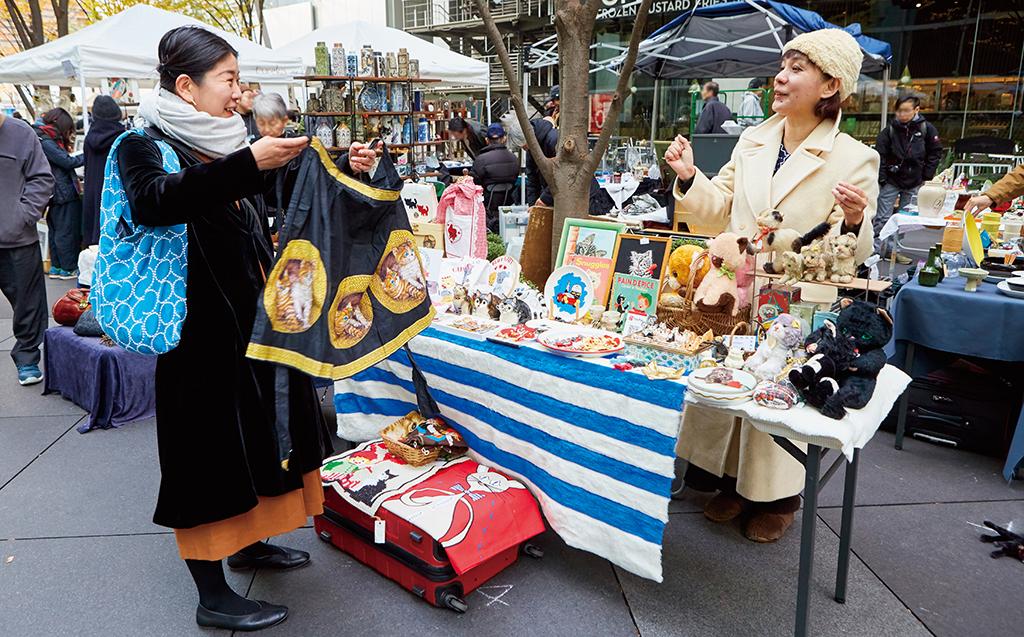
As I strolled, I passed an elderly gentleman who was on his way home, carrying...well, not a barrel, nor a basket, but...some sort of huge piece of wood. Where did it come from? How was he planning on using it? My imagination ran wild. The home of this gentleman, in his white hemp shirt, red cashmere vest, and elegantly worn loose trench coat, must surely be overflowing with charming pieces. I felt a growing interest not only in the antiques themselves, but in the dealers and their customers as well.

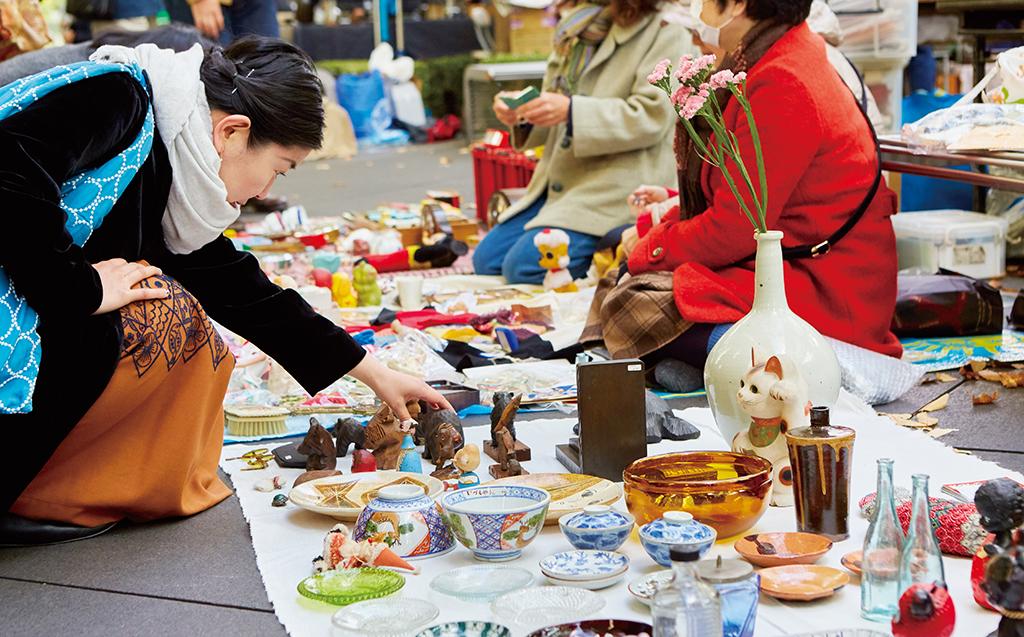
I realized that the friend I had come with, who was studying French, was engaged in conversation in that language with a young French man holding a bag brimming with wooden kokeshi dolls. He was working in Tokyo and planned to give out the kokeshi as gifts from Japan when he returned to France. At one shop I saw a charming sight: An American family had come on vacation, and the father, together with his two sons, were pleading with the mother to let them buy some soft plastic monster figures. The Oedo Antique Market is a wonderland not only for Japanese antique lovers, but for visitors from overseas as well.
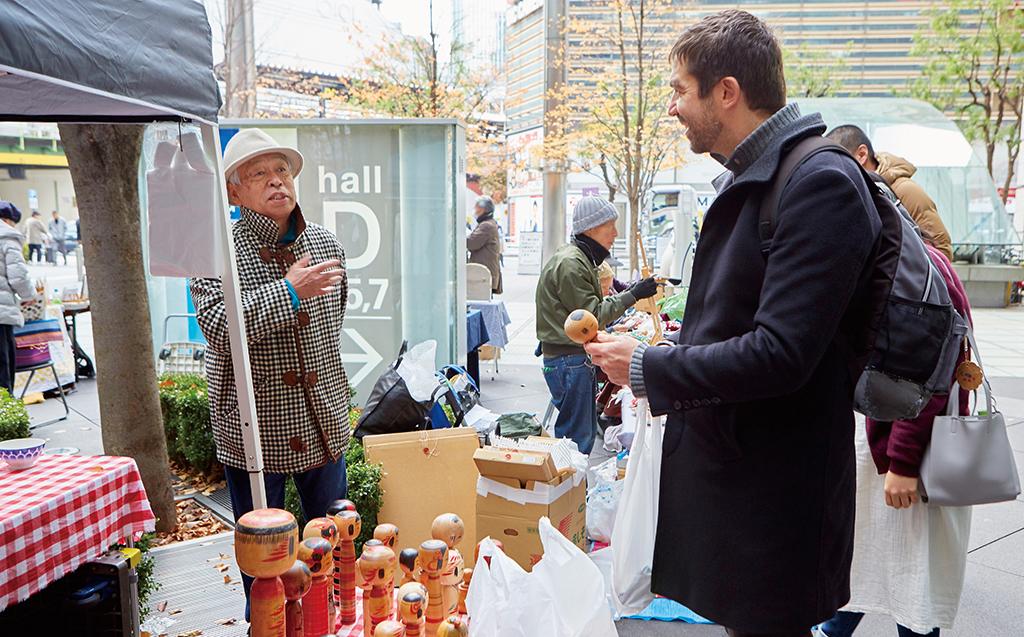
After spending hours at the Oedo Antique Market, I left with just two tiny knick-knacks, small enough to fit on the palm of my hand. I returned to my everyday life with the same feeling of satisfaction and contentment that I did after travelling throughout Japan and around the world.


Text: Minori Kai
Author. Born in Shizuoka Prefecture. Graduated from the Osaka University of Arts with a major in Literary Arts. Minori writes books and magazine articles, primarily about travel, walks, sweets, local breads, gifts, classic hotels and architecture, knick-knacks and sundries, and lifestyle. She excels at rediscovering the allure of foods, shops, scenery, and people, as well as unique local attractions. Minori also creates sightseeing pamphlets for local governments and gives lectures.
http://www.loule.net/
Photographs: Yukari Isa
Cooperation:
Oedo Antique Market(Japanese)
https://www.antique-market.jp/
N.B. The information on this site is correct as of August 2019. It is subject to change without notice, so please confirm the details before coming to the festival.
(This is a "Tokyo Tokyo Old meets New" Project.)

